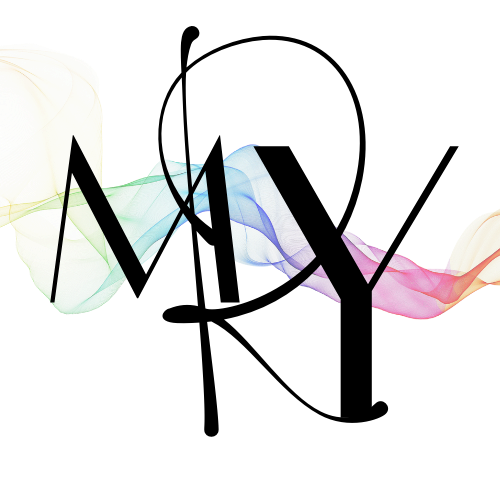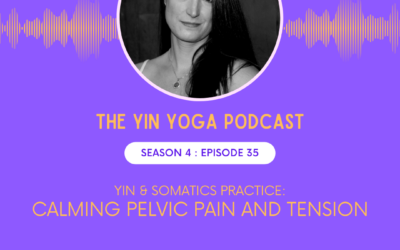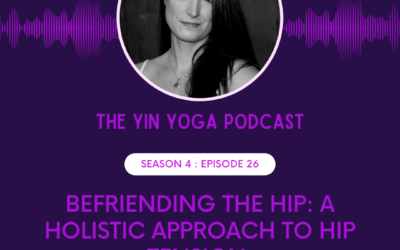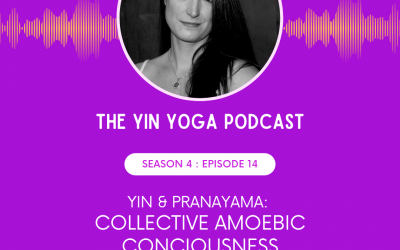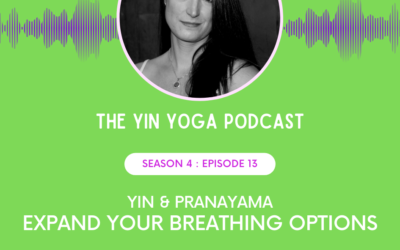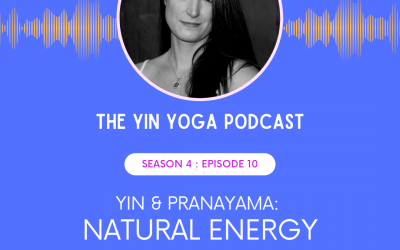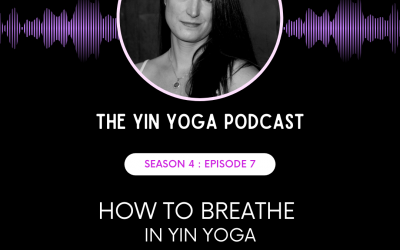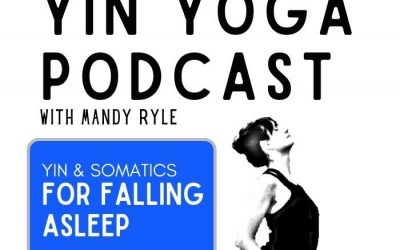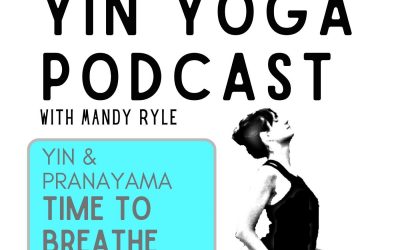Pranayama Practices
Breathing PracticesCalming Pelvic Pain and Tension
Yin & Somatics Practice Calming Pelvic Pain and Tension Ready to revolutionize your relationship with your pelvic floor? This enlightening episode is like a road map to pelvic health, guiding you through gentle practices and their benefits, understanding the...
Befriending the Hip: A Holistic Approach to Hip Tension
Ever felt frustrated with persistent hip tension that just won’t go away? Ever wondered if there’s a simpler, more holistic way to relieve that discomfort? Today, we’re using the healing power of awareness in movement: Yin Yoga, to bring radical acceptance and relief to our bodies. I’ll equip you with practical strategies to maximize your relaxation and release built-up tension not just for today, but more and more over time.
Collective Amoebic Consciousness
For this sublime practice we will blend somatic movements and static Yin poses with a breathing technique known as cellular breathing. This technique hails from the Body Mind Centering somatic tradition and it enhances this practice experience greatly. This is a practice to feel alive in every cell.
Yin & Pranayama: Expand Your Breathing Options
Yin & Somatics Thoracic Expression This practice is a blend of Yin Yoga and pranayama with a bit of somatic work sprinkled in. We will explore a breathing practice that I learned from my mentor Neil Pearson that I call, Expand Your Breathing Options. As you...
Natural Energy
We usually think of Yin as calming, soothing and down regulating. But with a few tweaks, we can cultivate a calm, natural energy as well. Not the jittery wired feeling you get from caffeine but a gentle boost, without the crash.
How to Breathe in Yin Yoga
For something so simple, there sure is a lot of disagreement about how to breathe in Yin Yoga. In this episode I unpack some of the evidence around Yogic breathing and help you to understand how you might employ the evidence and various techniques into your own practice and/or teaching.
Yin & Somatics for Falling Asleep
No human can survive without the ability to engage with the world. Our nervous systems are beautifully evolved to help us to attend to our survival needs by interacting with not just the objects and situations of the natural world, but also, other nervous systems.
But the opposite is true as well. No human can survive without the ability to disengage from the world. Our nervous systems evolved platforms to help us to release what is outside of us so that we may fulfill an essential need, sleep. But so many of us, can’t disengage. We spin and spin and never seem to find that deep and restorative sleep that we need to be our best.
This practice incorporates a simple breathing practice with somatic movements and Yin poses to support falling asleep. Disengage from out there to within for a restful night of slumber.
Time to Breathe
Breathing is the simplest thing in the world. But it’s also incredibly powerful. Science is just recently tuning in to the capacity of the breath to heal mental illness, chronic pain, chronic stress and so much more. While there is no wrong way to breathe, there are certainly more strategic ways to breathe. This practice is a purposeful exploration of the breath in simple, restorative postures. You’ll be introduced to a strategy that primes you for deep learning and connection.
